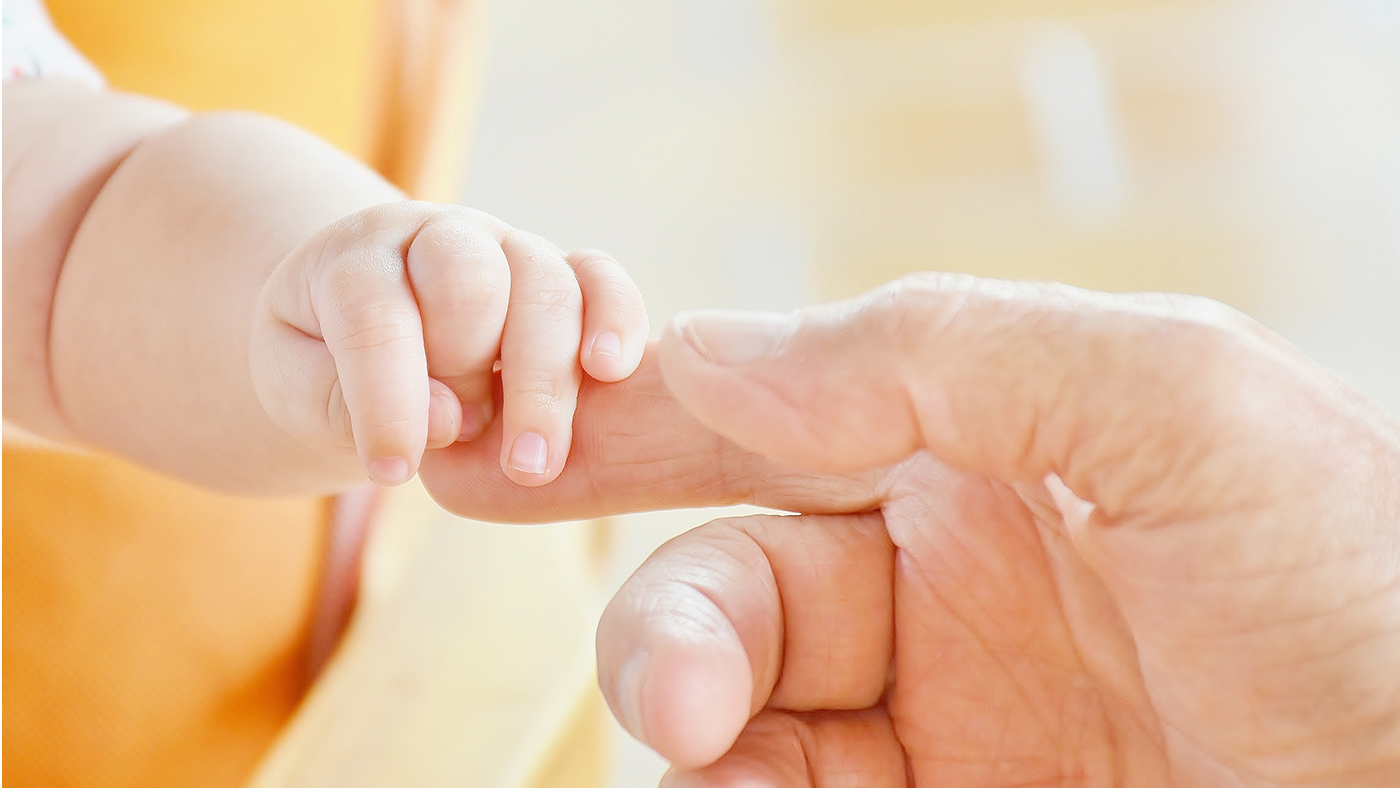Early hand grasps – a brief guide

Hand grasps are often associated with children learning to hold things like pens and crayons and having a go at writing their names for the first time. However, grasping appears much earlier in a child’s development journey.
You will notice your baby's handgrip changes often. One day, they may struggle to hold their toys, and the next they are able to hold onto toys securely and move them around! There are a few different grasps that your baby will use; here are three you might notice soon.
Reflexive grasp
Does your newborn clasp their fingers around any object put in their hand? This is the reflexive grasp in action. An example of this is when a small baby tightly grips onto your finger.[1]
Crude palmar grasp
This is often thought of as the first step towards a palmar grasp. You may notice your baby holding onto objects using the palm of their hand, but not really using their fingers and thumb to help support their grip.[2] They will pick up items such as small blocks in this way.
Ulnar palmar grasp
The ulnar palmar grasp is the next step. Your baby will still use their palm to hold objects, but they will now be starting to support their grip using their little finger.[1]
References:
[1] Web MD. (2021). What to Know About Pincer Grasp. Available: https://www.webmd.com/parenting/baby/what-to-know-pincer-grasp#1.
[2] NHS Children and Young People’s Occupational Therapy Service. (2021). Fine Motor Skills. Available: https://www.swft.nhs.uk/application/files/7714/5995/2571/fine_motor_skills.pdf.